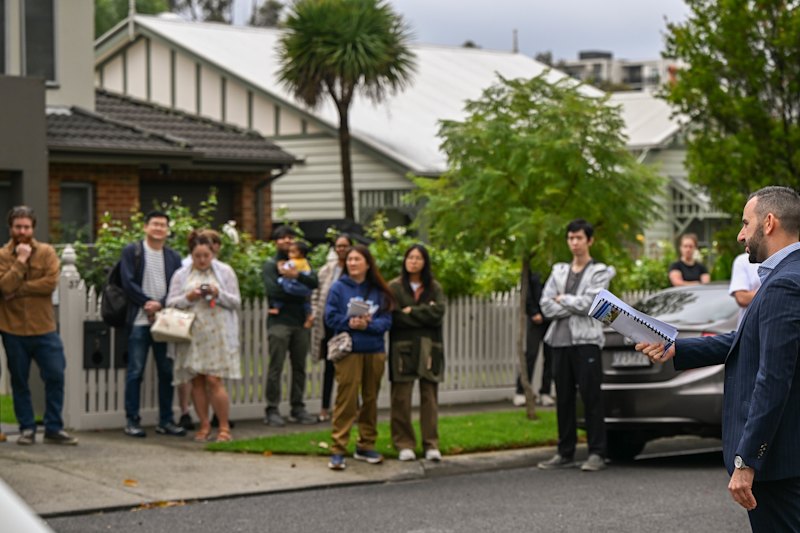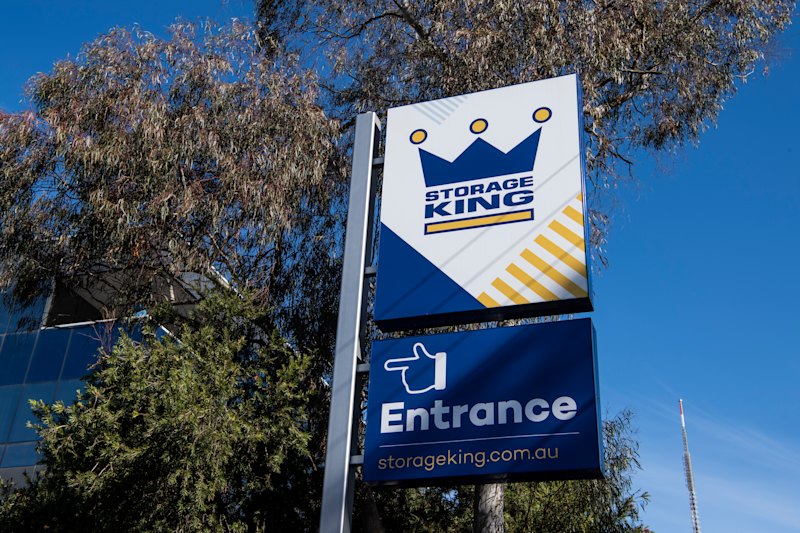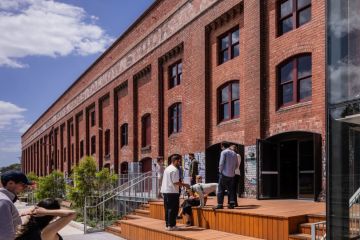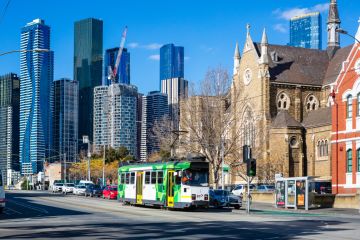Rental affordability index: supply not meeting demand from low-income tenants

Huge numbers of newly constructed apartments along Australia’s east coast are sitting empty despite more people sleeping rough on the streets, frustrating housing affordability advocates who say governments are yet to properly address the issue.
A new report has highlighted the surge in unaffordability: Melbourne recorded the biggest fall in affordability across the country over the past two years, Sydney continues to be the least affordable city, and conditions for tenants in Brisbane are getting worse.
The Rental Affordability Index, released on Wednesday, has again illustrated Australia’s growing rental inequality. Index co-author National Shelter’s executive director, Adrian Pisarski, said that although more supply had recently come onto the market, particularly in Melbourne, many new properties were not available to rent.
Many foreign investors, significant contributors to apartment construction, probably intended to just park money in Australian property, he said. Some off-the-plan properties also came with a rental guarantee, which meant it might not be leased for a few years.
Up to 90,000 properties are empty in some of the Sydney’s most desirable suburbs, according to analysis by the UNSW’s City Futures Research Centre. And as many as one-fifth of all investment properties were vacant in Melbourne, a study of water usage by Prosper Australia shows.
“When it’s apartments that actually exist, and are part of the housing supply, but not being able to be used to address the specific problems that we’ve got, it’s incredibly frustrating,” he said.
People were entitled to buy an apartment and leave it empty, Mr Pisarski said, but they should also be taxed for leaving it vacant, in order to generate funds to build affordable housing.
Treasurer Scott Morrison told the Urban Development Institute of Australia last month that high housing costs were a supply problem, but Mr Pisarski said supply itself wasn’t the answer.
“We need dedicated supply of affordable rental housing, like what we were getting out of the National Rental Affordability Scheme,” he said.
Solutions included inclusionary zoning – where a percentage of new developments was allocated to social or affordable housing – and tax incentives to attract private investment to grow affordable housing supply, he said.
The Australian Taxation Office recently ruled that landlords who listed their properties at lower than market rates with not-for-profit real estate agency HomeGround Real Estate would be eligible to claim a tax deduction. A $500 a week property, leased for $300 a week to a low-income family, would be able to claim the $200 difference in tax return.
Melbourne’s lowest income households face one of the most dire situations of all Australian metro areas; mostly single-person households would pay near 110 per cent of total income on rent, even after discounting average rents by 25 per cent for access to social housing.
“Obviously, this group is pushed beyond the margins of the market. Not surprisingly, we have seen a doubling of people sleeping rough in the streets of Melbourne over the last two years,” said Ellen Witte from SGS Economics and Planning, which also co-authored the Index with Community Sector Banking.
“More affordable areas are likely to have poor access to employment and services, while those close to jobs and services are unaffordable for average income households”.
We recommend
States
Capital Cities
Capital Cities - Rentals
Popular Areas
Allhomes
More







